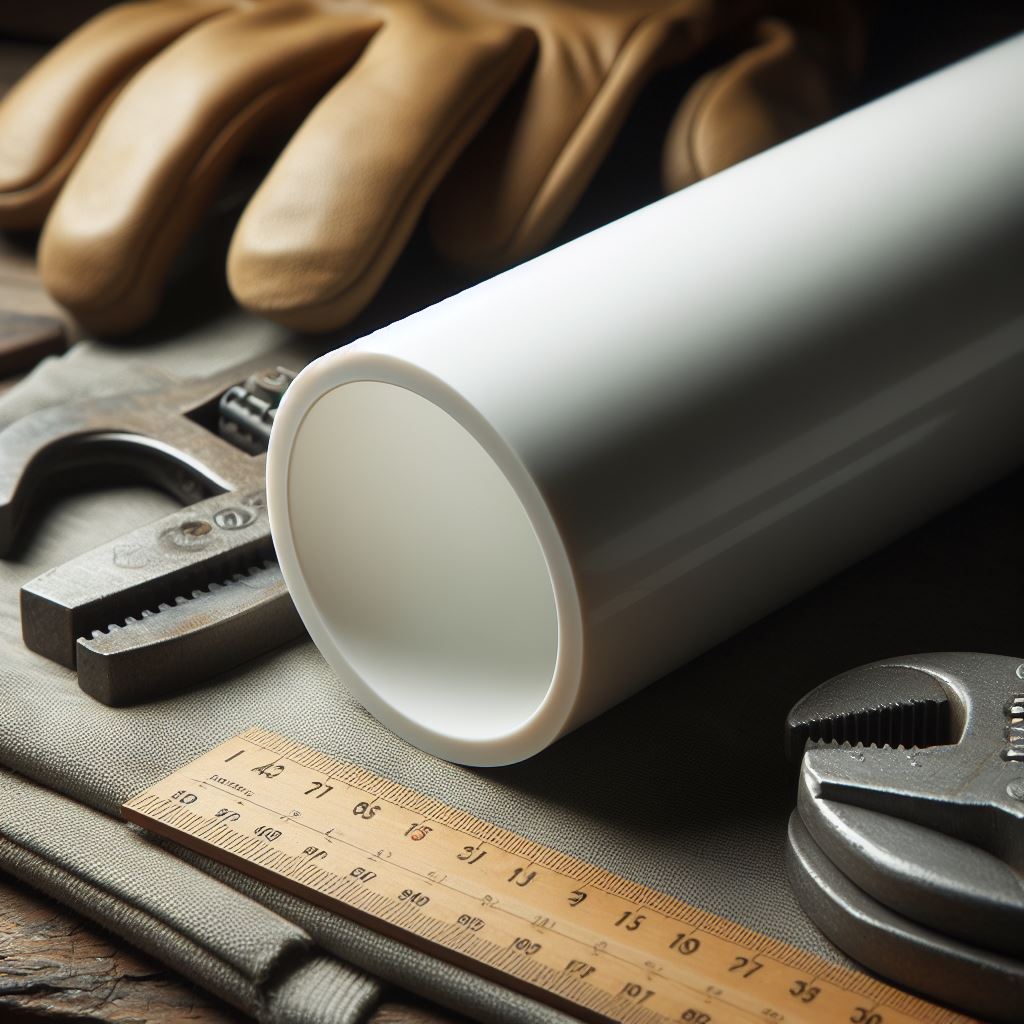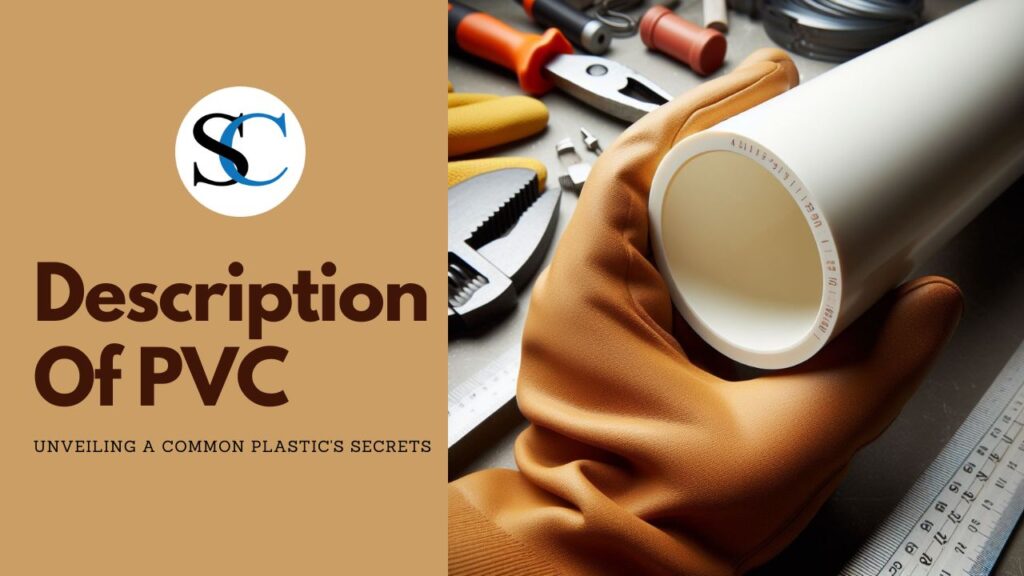Description of PVC: Polyvinyl Chloride, one of the more commonly known PVCs, is an unavoidable plastic material that touches all aspects of our lives. From the lines under our sinks to the window frames in our homes, PVC’s adaptability and strength have made it a dominant force in the plastics business. Notwithstanding, under its normal external environment lies a vast expanse of mind-boggling science and astonishing properties. We ought to plunge further and reveal the secrets of this ordinary plastic.
The Science Behind Description Of PVC
At its middle, PVC is a polymer, a long-chain molecule outlined by reiterating units called monomers. Because of PVC, the monomer is vinyl chloride, a molecule containing carbon, hydrogen, and chlorine particles. During the polymerization cycle, these vinyl chloride units interface together to approach significant solid areas for a consistent chain, giving PVC its momentous properties.
The Power of Additives
PVC, in its crude structure, is an unbending, white powder. Nonetheless, its actual sorcery lies in the expansion of different modifiers during assembly. These added substances can be plasticizers, which make PVC adaptable for applications like lines and hoses. Stabilizers are added to keep PVC from debasing under daylight or intensity. Fillers and shades can be utilized to improve strength, diminish cost, and make various varieties for tasteful purposes. Through this customization, PVC can be custom-made for a large number of uses.
The Many Faces of PVC: Description Of PVC
The applications of PVC are truly diverse. Here’s a glimpse into some of its most common uses:
- Construction: PVC pipes are a popular choice for plumbing, drainage, and electrical conduit systems due to their lightweight nature, corrosion resistance, and ease of installation.
- Building Materials: Window frames, siding, and roofing sheets made from PVC offer excellent durability, weather resistance, and low maintenance requirements.
- Medical Applications: Medical devices like tubing, blood bags, and IV catheters benefit from PVC’s sterility and biocompatibility, making it a common material for these applications.
- Consumer Goods: From clothing and footwear to toys and electronic components, PVC finds its way into a vast array of consumer products.
The Environmental Impact of PVC: Description Of PVC

The widespread use of PVC has also raised concerns about its environmental impact. PVC production can generate harmful chlorinated byproducts. Additionally, disposal of PVC products can be challenging, as they are not readily biodegradable. Manufacturers are actively developing PVC recycling technologies and exploring eco-friendly alternatives for some additives.
The Future of PVC: Description Of PVC
As research and development continue, the future of PVC looks promising. Efforts are underway to develop more sustainable production methods and improve the recycleability of PVC products. Bio-based alternatives to some PVC components are also being explored. By addressing environmental concerns and embracing innovation, PVC can continue to be a valuable material for various applications.
Conclusion: Description Of PVC
PVC, a seemingly ordinary plastic, holds a fascinating story within its chemical structure. From its versatile nature to its environmental impact, PVC’s journey is a reminder of the constant push and pull between utility and sustainability in our material choices. As we move forward, responsible use and continuous improvement will be key to ensuring PVC remains a valuable resource for the future.
This blog serves as a springboard for further exploration. If you’d like to delve deeper, consider researching specific applications of PVC, the latest advancements in PVC recycling, or the ongoing debate surrounding its environmental impact. The world of PVC is full of surprises waiting to be discovered!





